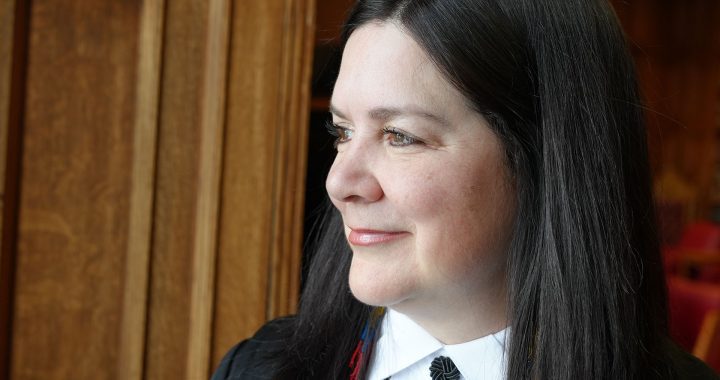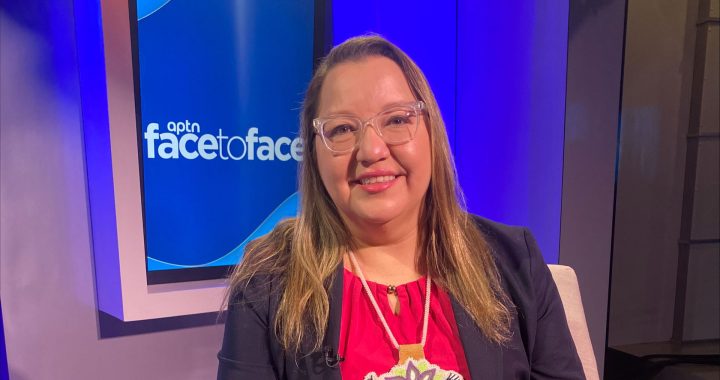Michael Hutchinson
Face to Face
Kevin Brownlee is a great Metis guy who lives his beliefs and passions.
He’s currently the Curator of Archeology at the Manitoba Museum. This position gives him the opportunity to do what he loves best, study the science and lifestyle of his ancestors. If Kevin had his way, he’d spend most of time in the field uncovering ancient sites, figuring out how to remake ancient technology and listening to local Elders.
I wanted to talk to Kevin about two things: pre-contact trade routes and the ancient mines he found in northern Manitoba. Both are topics of interest to me because they show how Indigenous peoples in Canada have been trading and mining for thousands of years.
Trade was an important part of Indigenous lifestyles before European arrival. Fur trade routes were built on already established trade routes and trading culture. During our interview, Kevin and I discussed an artifact that made its way up from the Gulf of Mexico all the way to Melita, Manitoba. We also look at clay pots that prove that corn was transported from southern North America to Norway House, Manitoba over 700 years ago.
The mining aspect of our conversation is interesting to me because, due to the perspective of Canadian law, First Nations are only able to do traditional activities that were carried out at the time of treaty. If we weren’t doing at the time of treaty, Canadian law says that it cannot be considered a traditional activity when it comes to the Indian Act and taxation rules. In general, Canada is allowed to evolve past treaty making, but colonial perspectives deem that First Nations cannot. In my opinion, there is an avalanche of evidence that mining-for-trade was a traditional activity carried out by certain cultures across Turtle Island. I believe, this means, that communities that can prove they carried out mining should be able to mine and trade those resources as a traditional activity.
I hope to interview Kevin at least once a season for Face to Face. Maybe one day we can follow him up north to one of the many digs that he works on. Kevin hopes that Indigenous people will eventually embrace archeology as a nation-building exercise. Once we do, he believes, we’ll be better able to teach others about our traditional cultures, sciences and economies.











